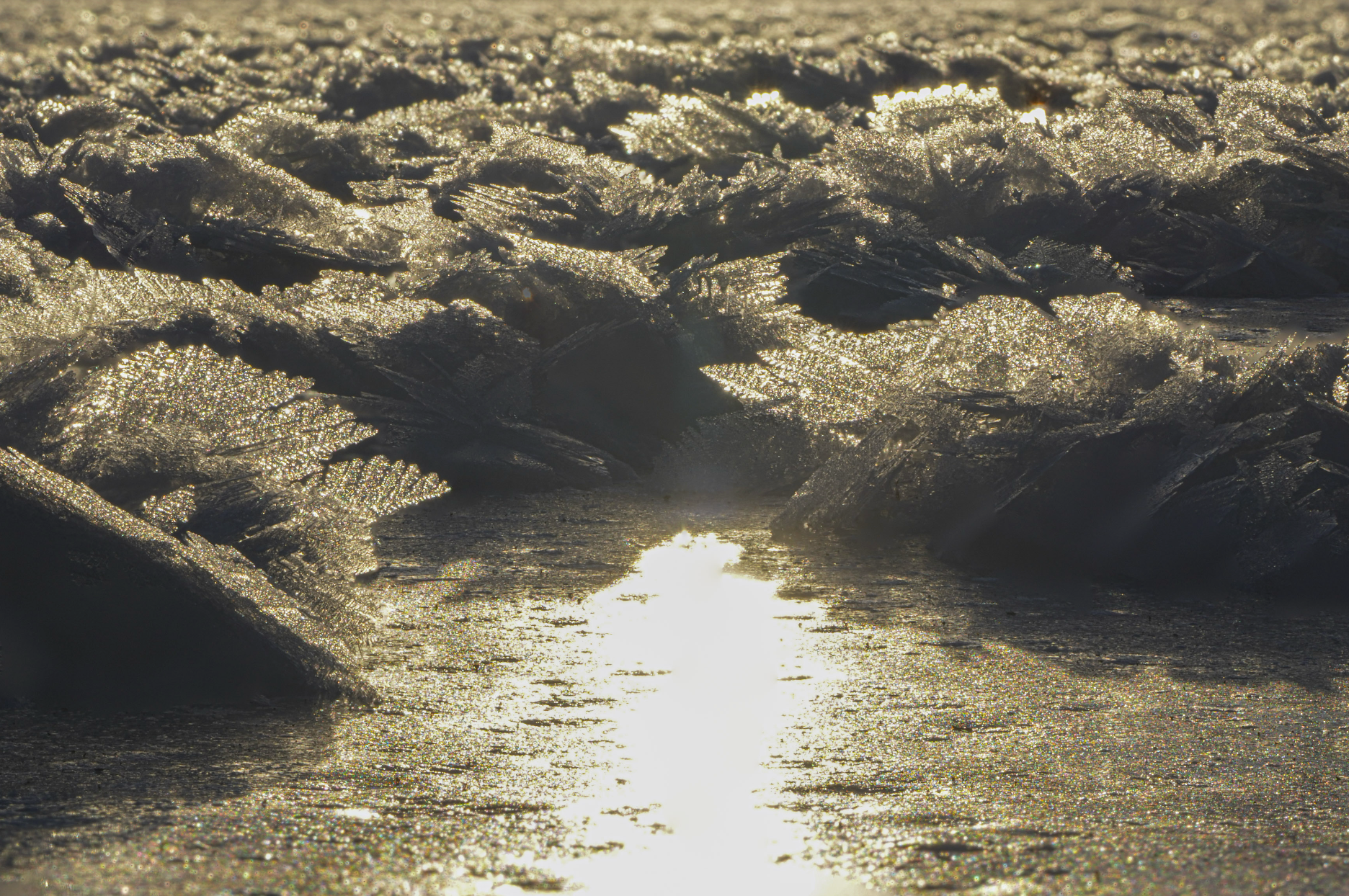January 26-February 1, 2025
Clear skies and an icy cold week in the Methow Valley
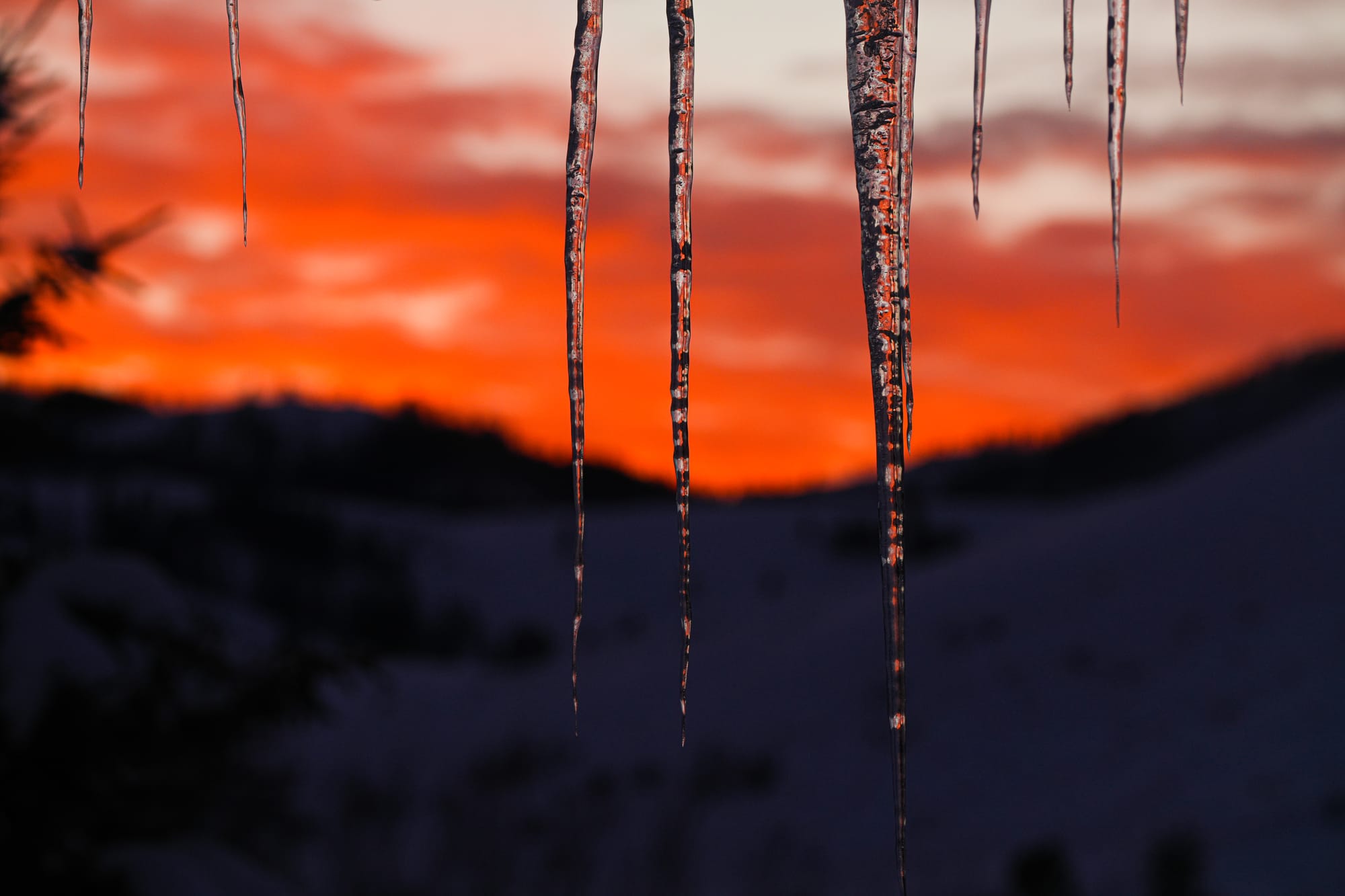
Our weeks-long stretch of mid-winter sun finally came to an end as the first of what promises to be a series of winter storms roll into Washington.
Week in Review
Thank goodness for that long stretch of clear weather we just had, it felt great to be outside in the sun and have a chance to reconnect with what's going on in the natural world!
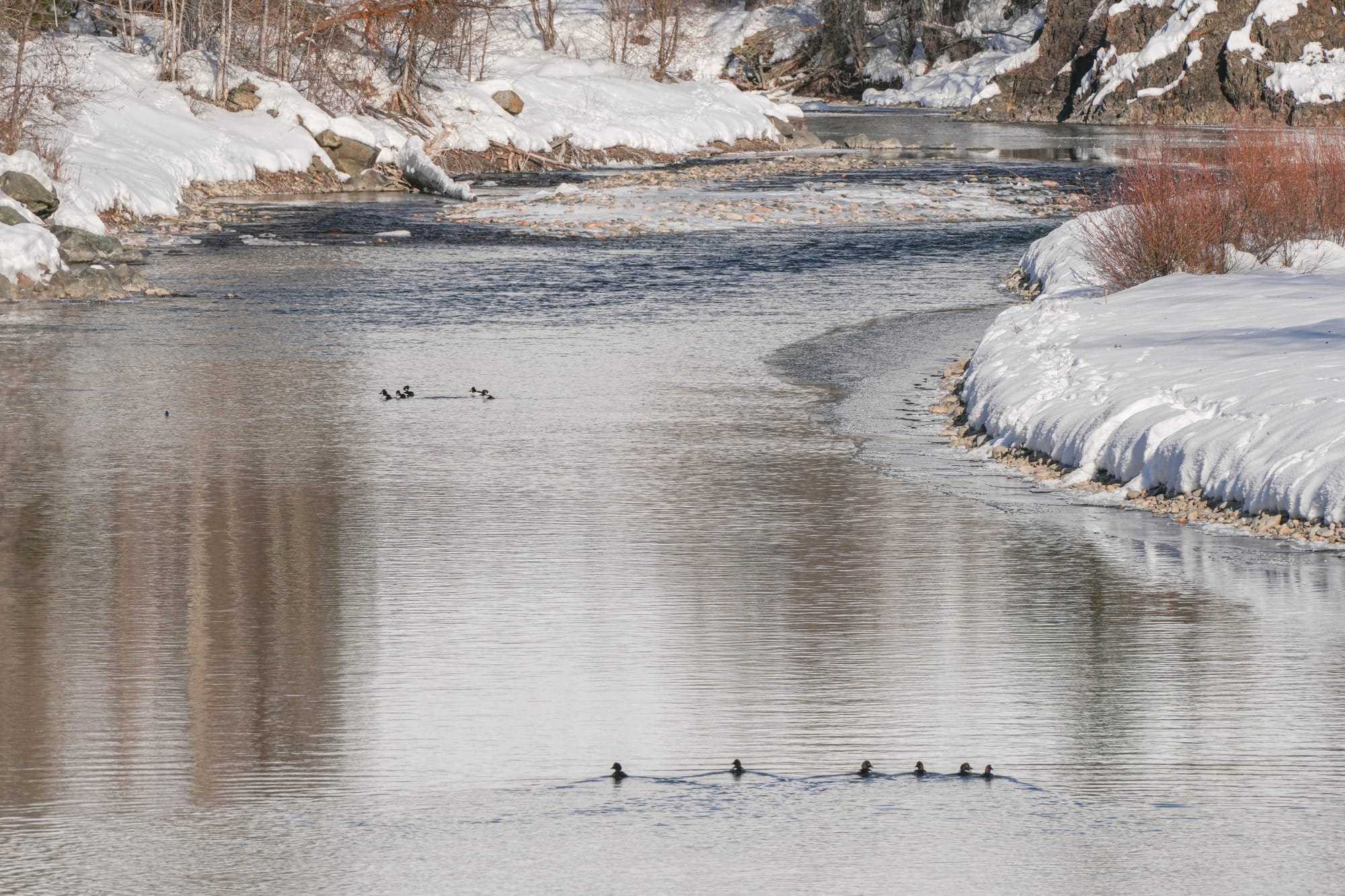
It was interesting to watch how the snow changed as clear, cold days drew moisture out of the snowpack and left a "dry" crumbly mixture behind. This process of water vapor sublimating from the relatively warm snowpack into the very cold air is how the subnivean zone is created at the base of a snowpack but we seldom get to see it happening on the surface of the snow.
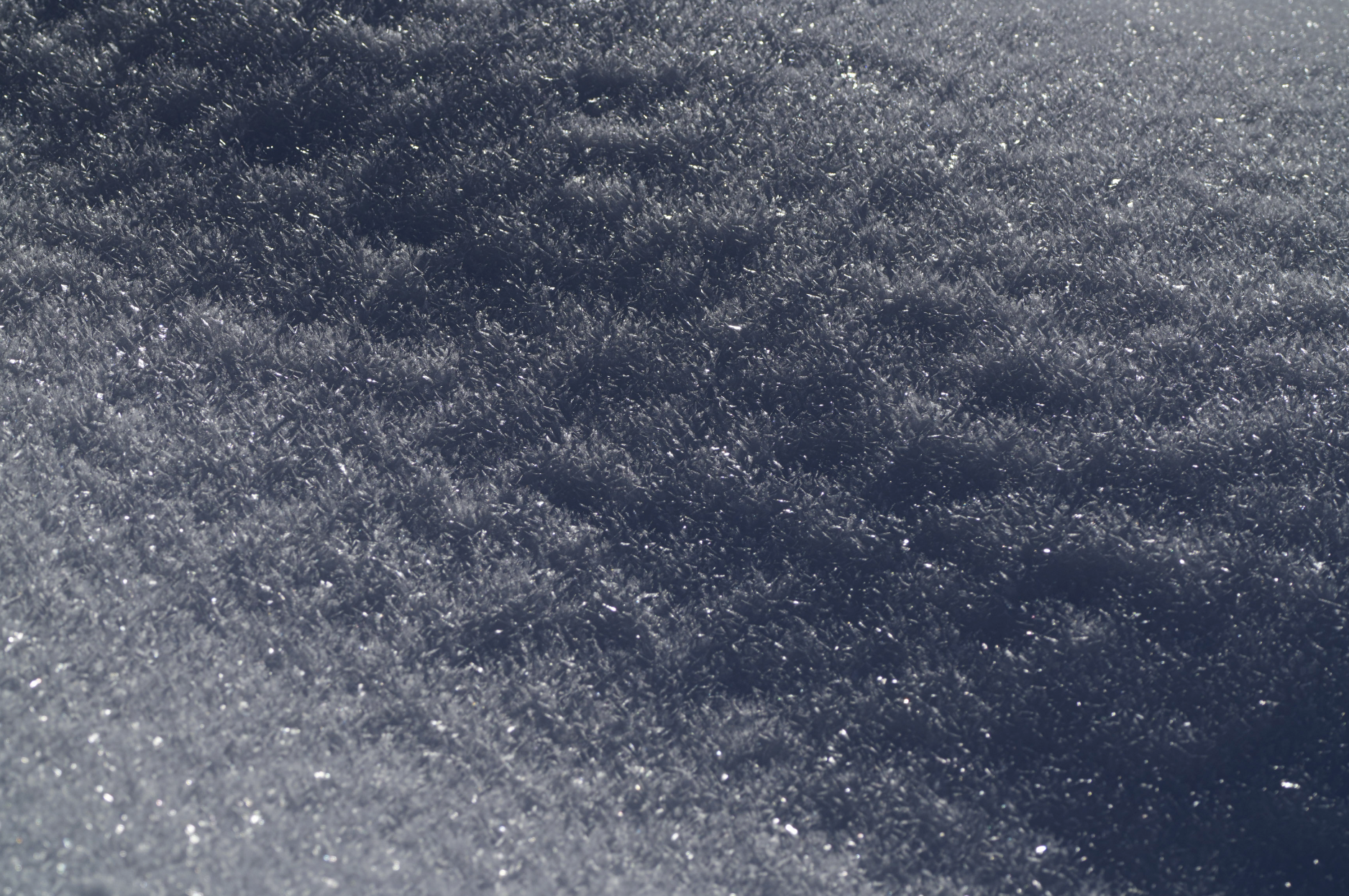
Long stretches of sun, and an incremental loss of snow, also began exposing patches of bare ground on some south-facing hillsides. These are the exact conditions where we might see the first new sprouts of spring, except that plants keep track of how long the days are and they know it's still too early to put forth their first sprouts.
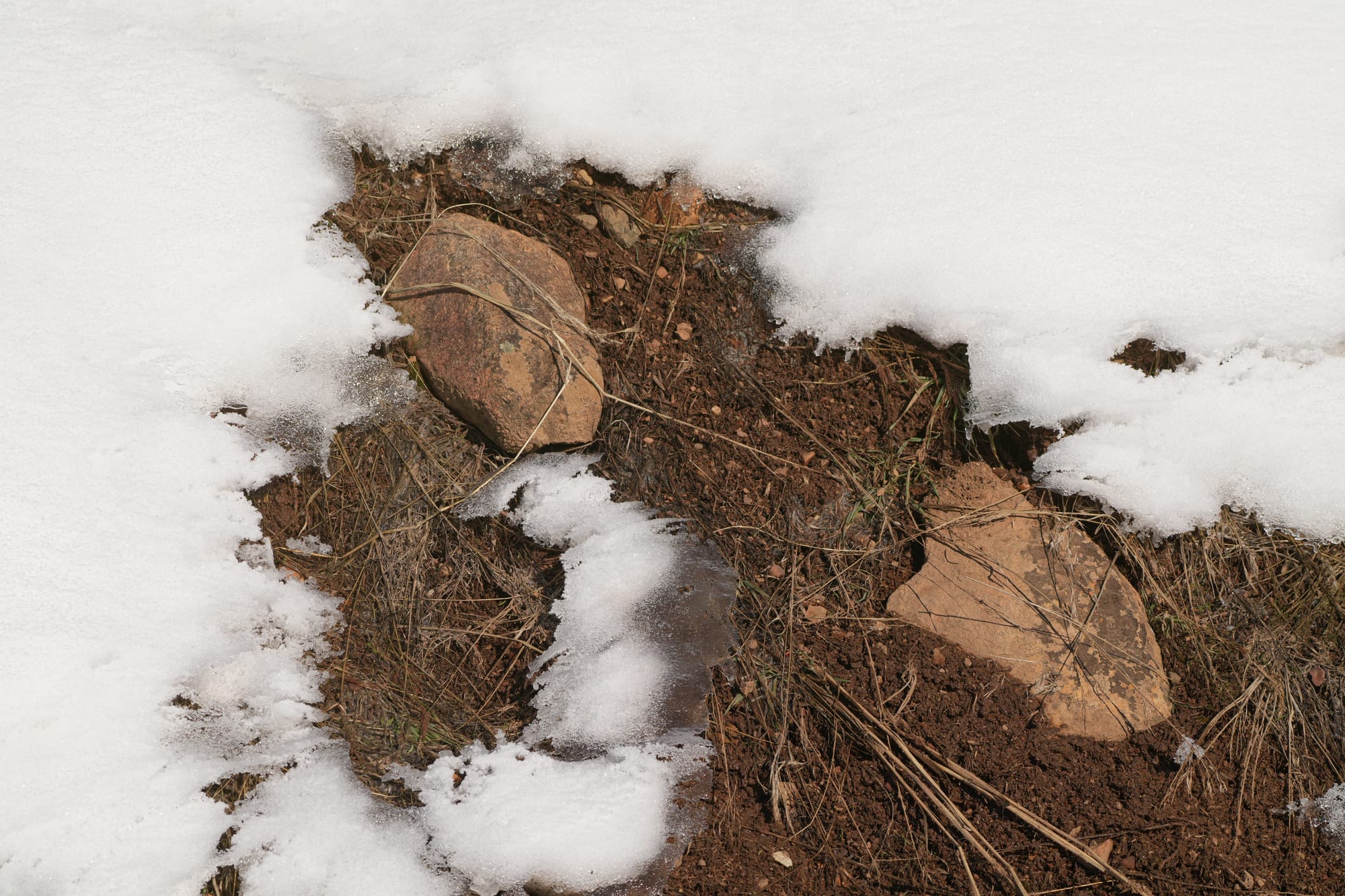
Many of the birds I've been seeing have been along the river, including all of the ducks in the valley and a few hopeful eagles keeping watch over everything in their world. It's delightful if you can find a good viewpoint to sit and watch the river yourself for a while.
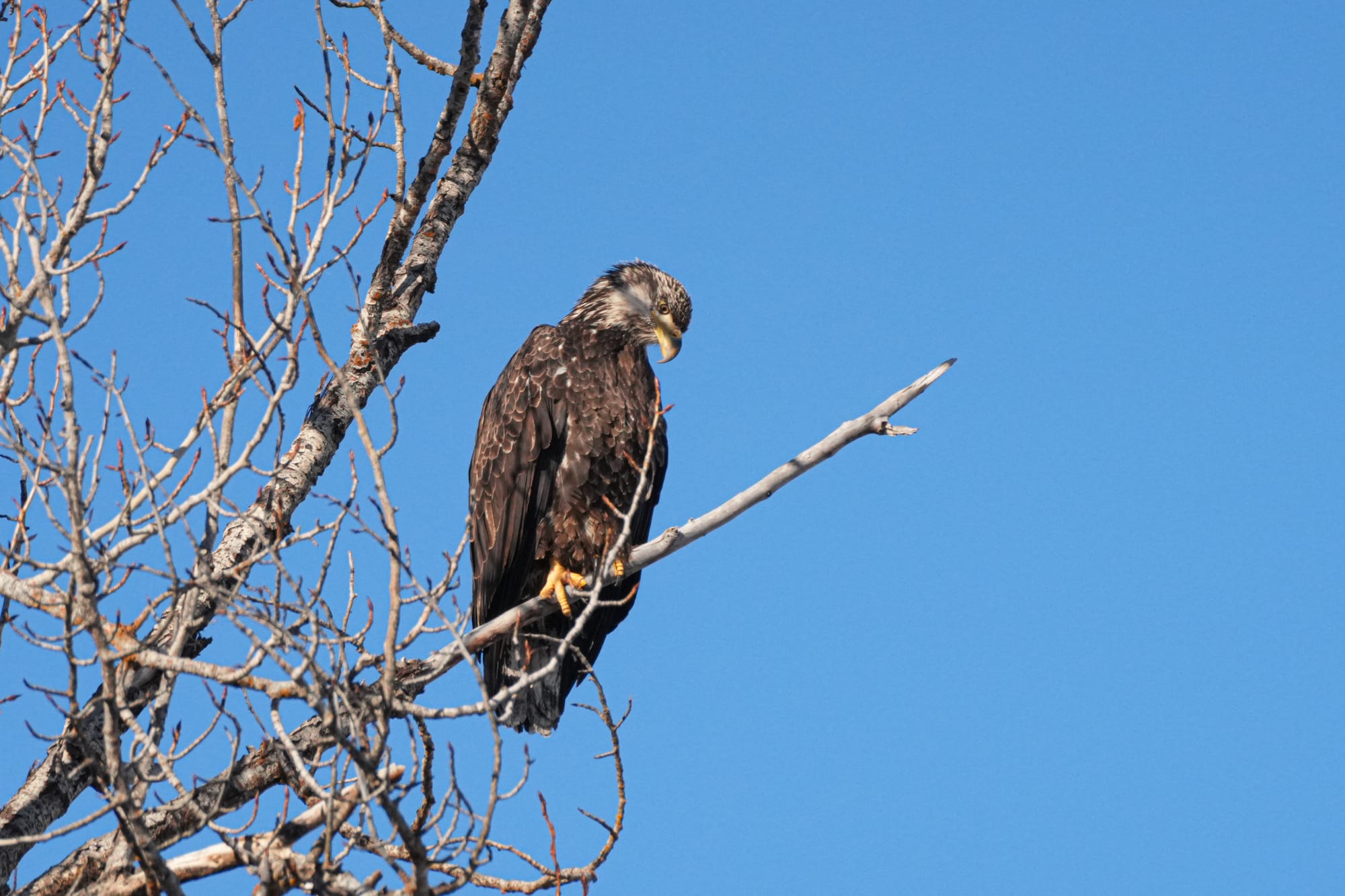
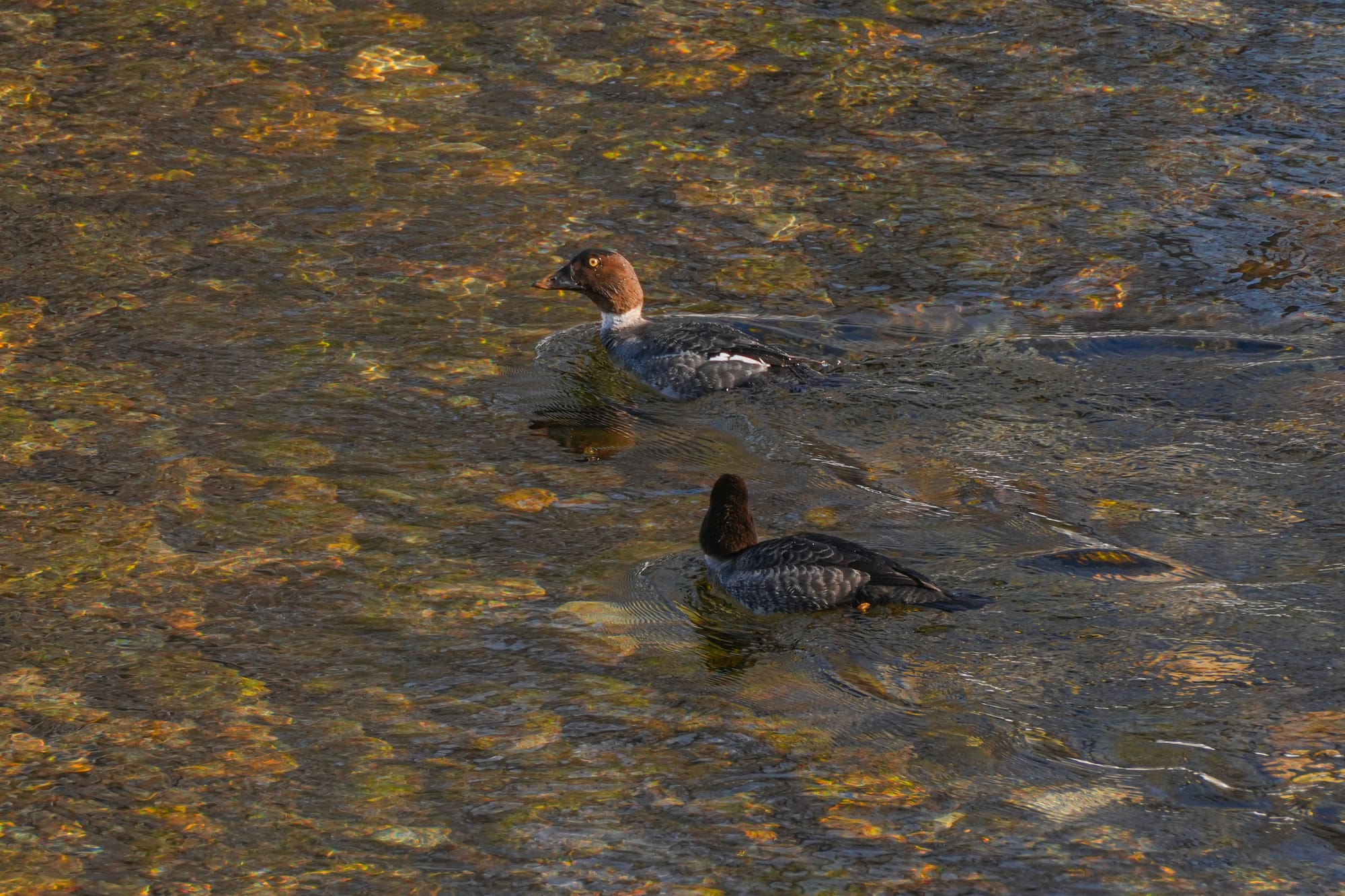
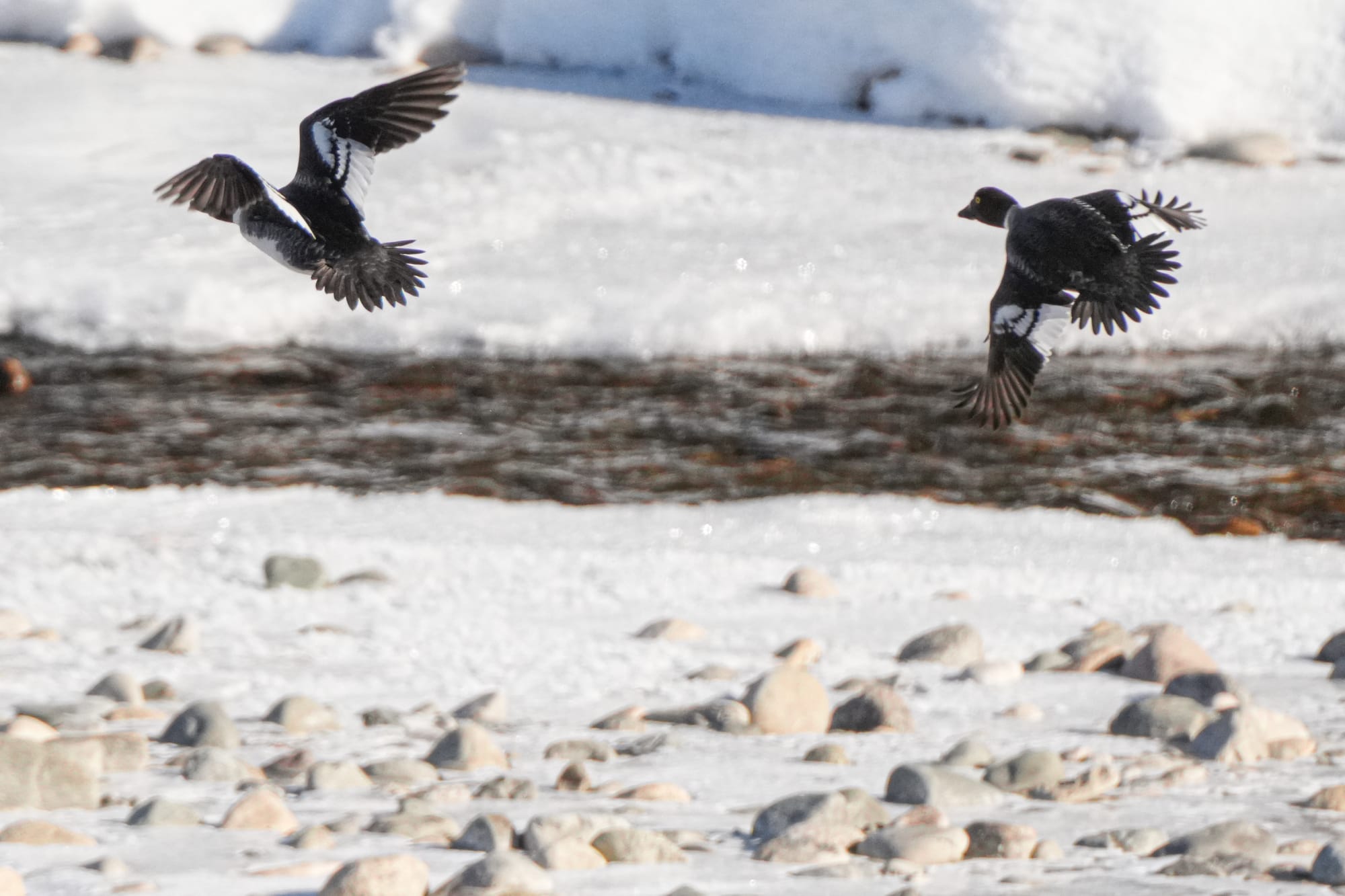
I generally see ravens at least once a day, but I don't see crows very often and I rarely see them at the same time. In fact, these two species don't get along and they do their best to use different parts of the valley, but this week I had two birds scolding each other from adjacent trees so I had a chance to compare their diagnostic features. Crows and ravens are different sizes, and have different beak shapes, different calls, and different tail shapes so with practice it's usually easy to tell them apart.
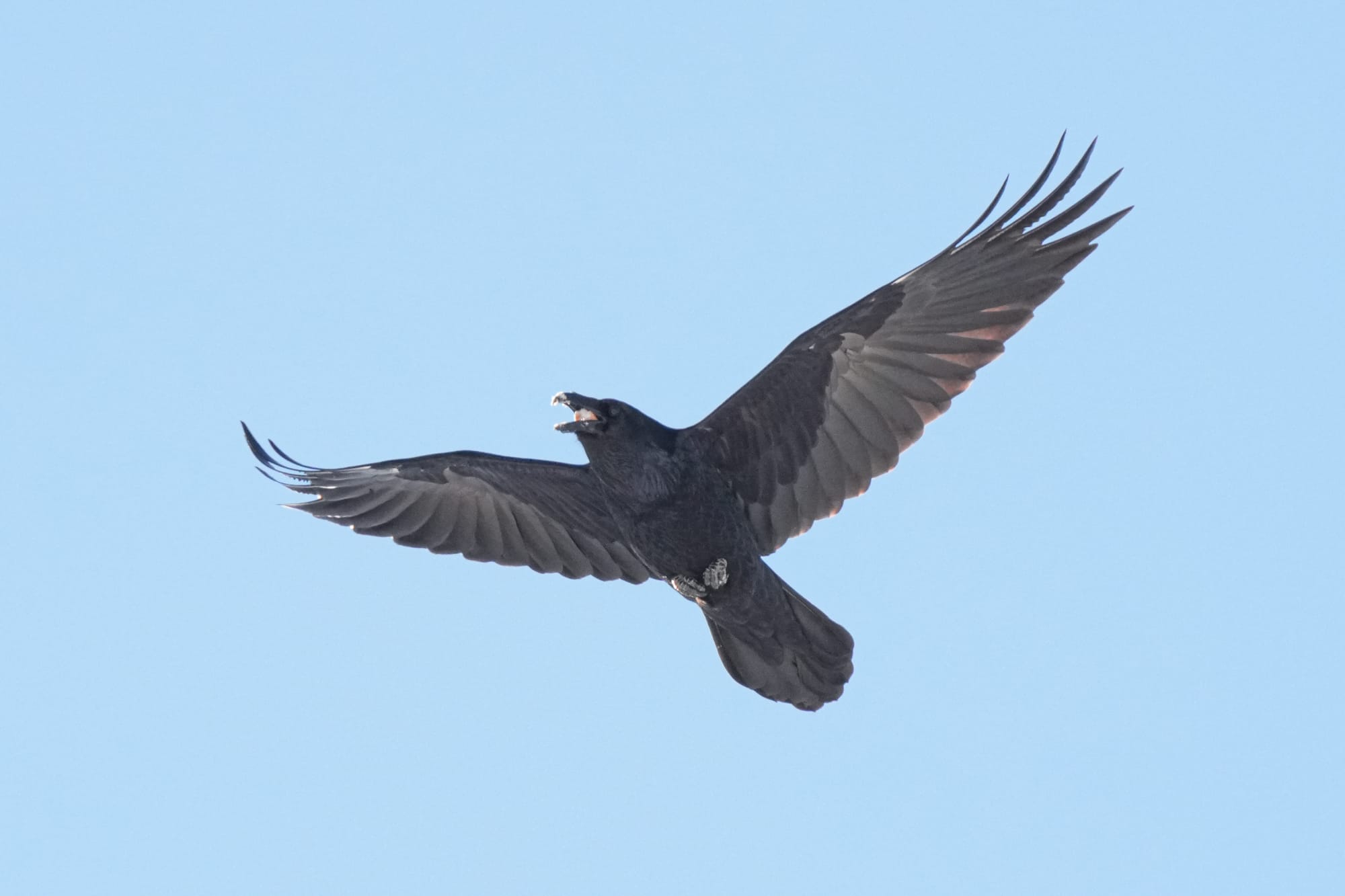
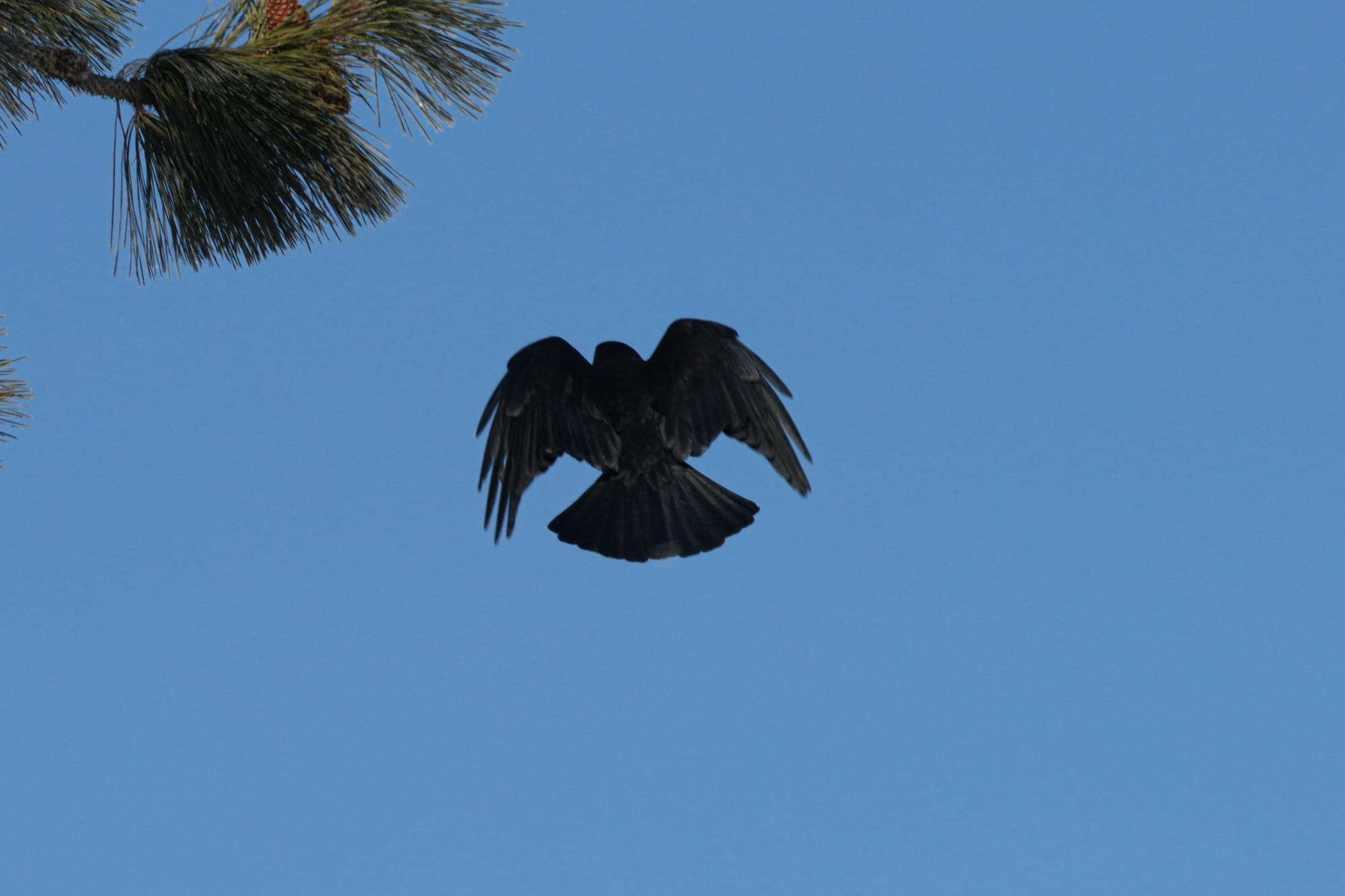
Ravens (left) have diamond-shaped tails, while crows (right) have square-edged tails. Photos by David Lukas
Finally, no newsletter this winter would be complete without at least one owl photo and this week is no exception. I spent a few lovely moments with a pygmy-owl this week and had a chance to watch the way it swiftly and skillfully dove off its perch into a thicket of branches to chase after a songbird! Amazing!
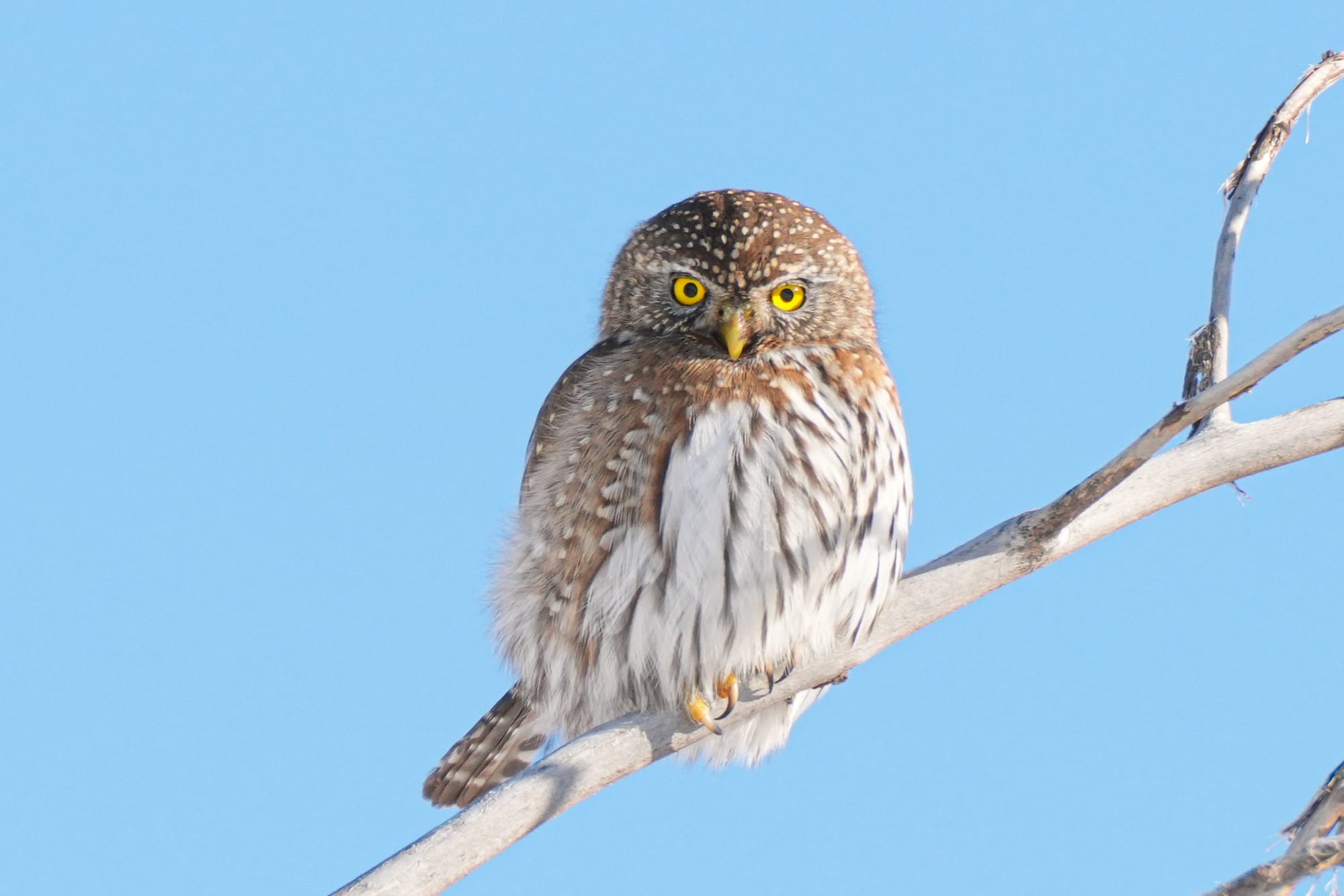
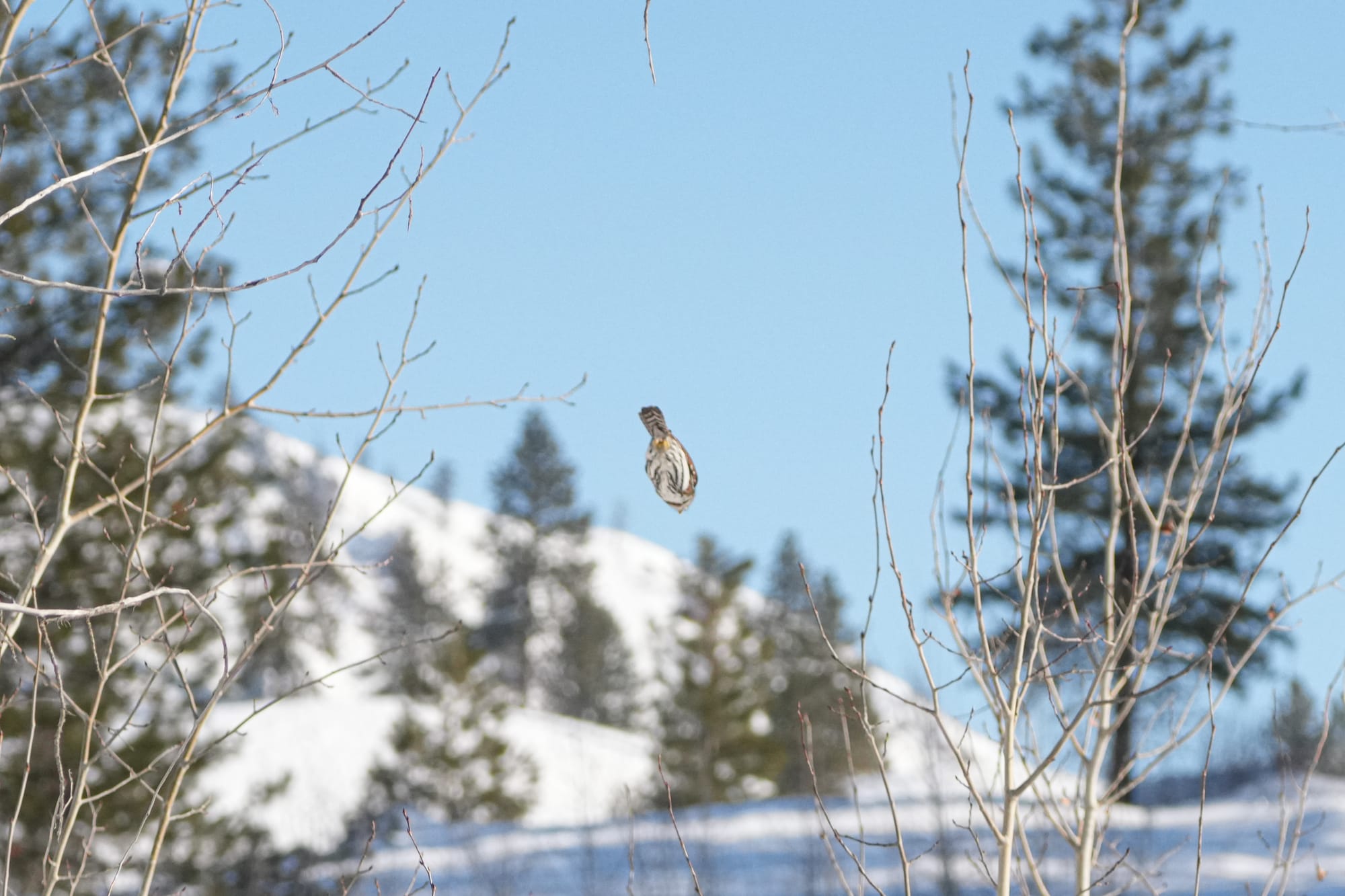
One moment peaceful and relaxed, an instant later diving headfirst into a thicket of branches. Photos by David Lukas
Observation of the Week: Hoarfrost
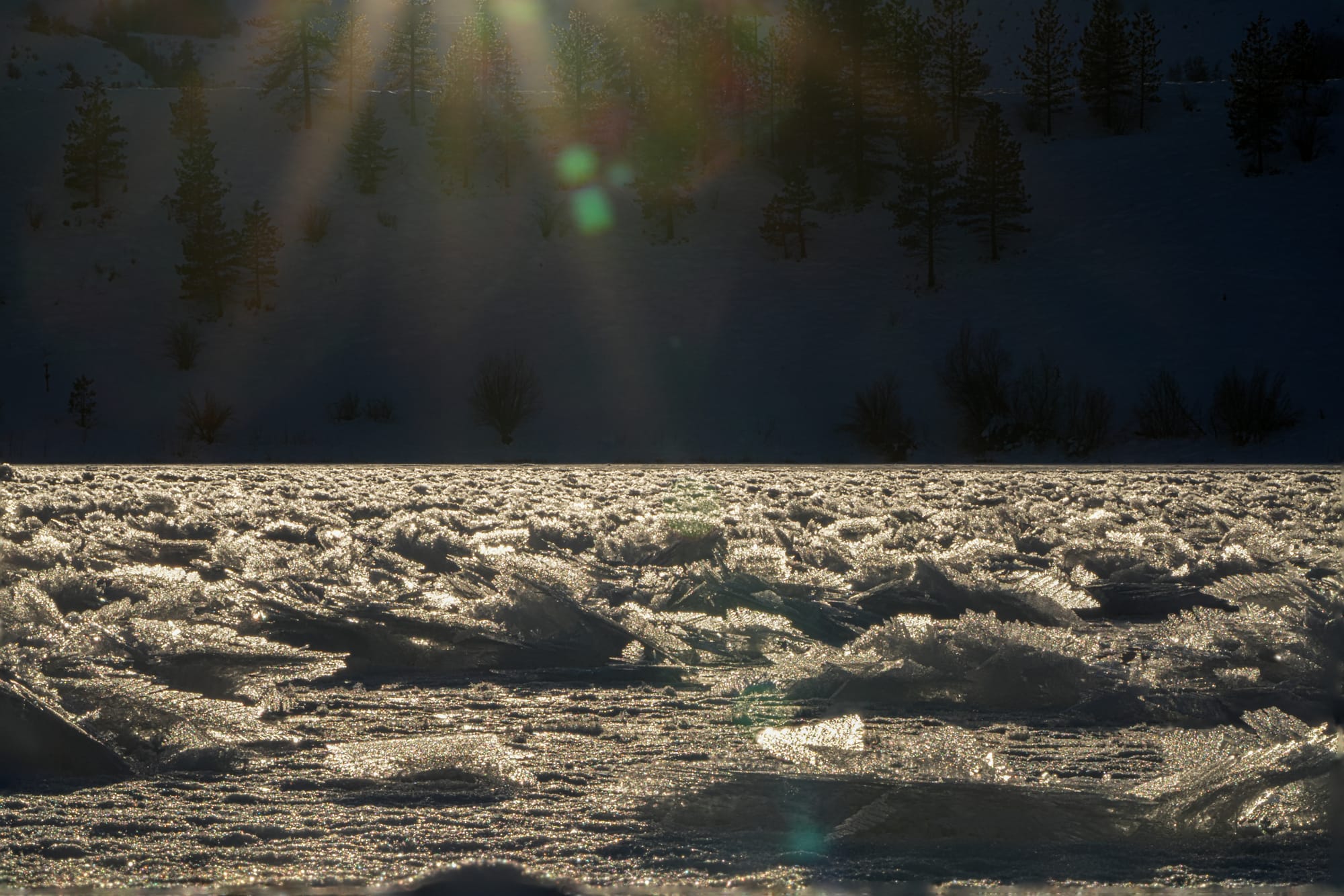
I spent much of the week absolutely fixated on the astonishing crystals that have been growing on the surface of Big Twin Lake. I learned that these crystals, and the crystals that have appeared in many other places this week, are called hoarfrost.
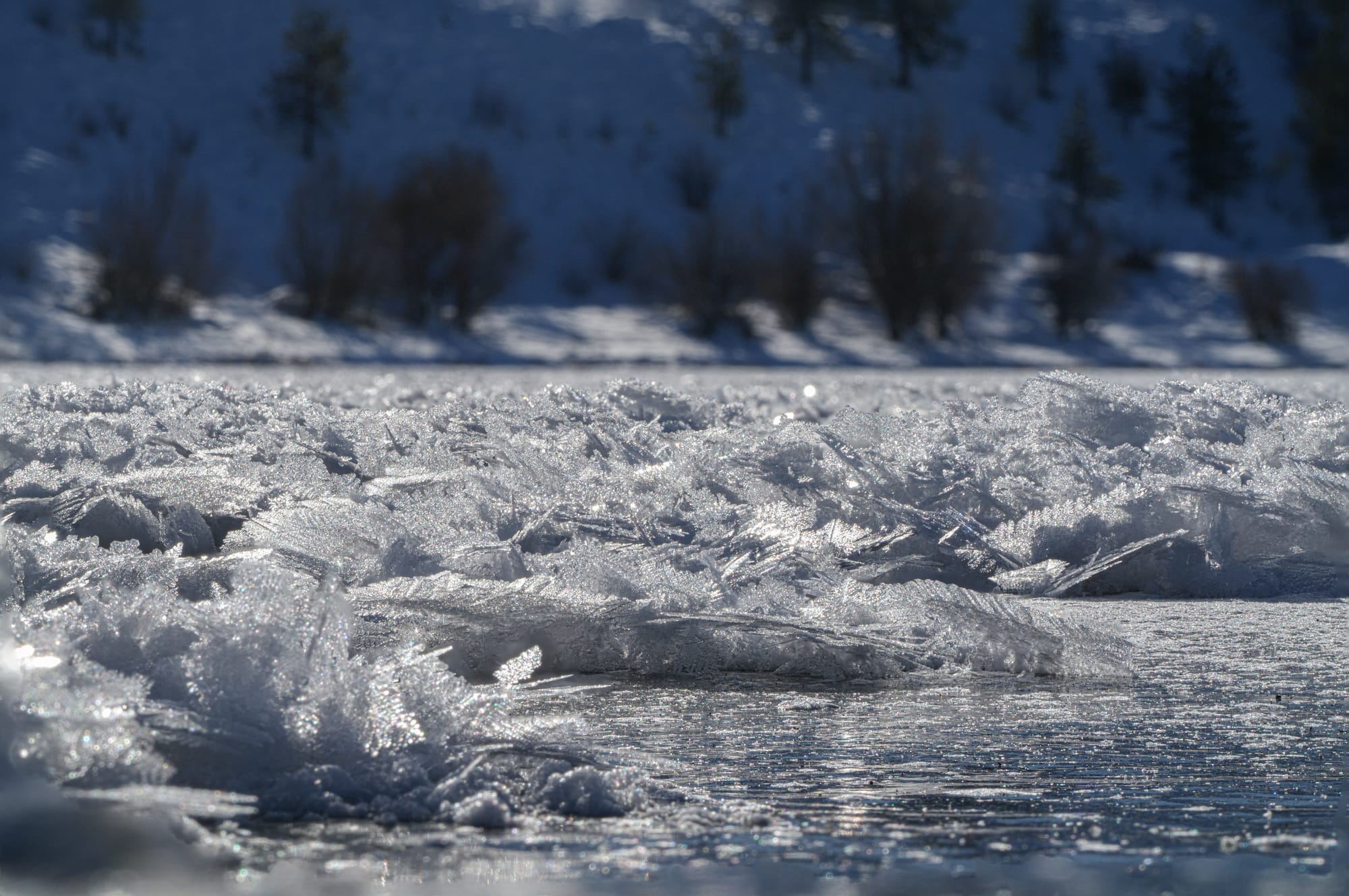
At first I was confused by the appearance of these crystals because I'm used to seeing hoarfrost after a foggy night when water vapor starts freezing on branches. It made no sense that hoarfrost would show up on a frozen lake in the absence of fog, then someone explained what's going on to me.
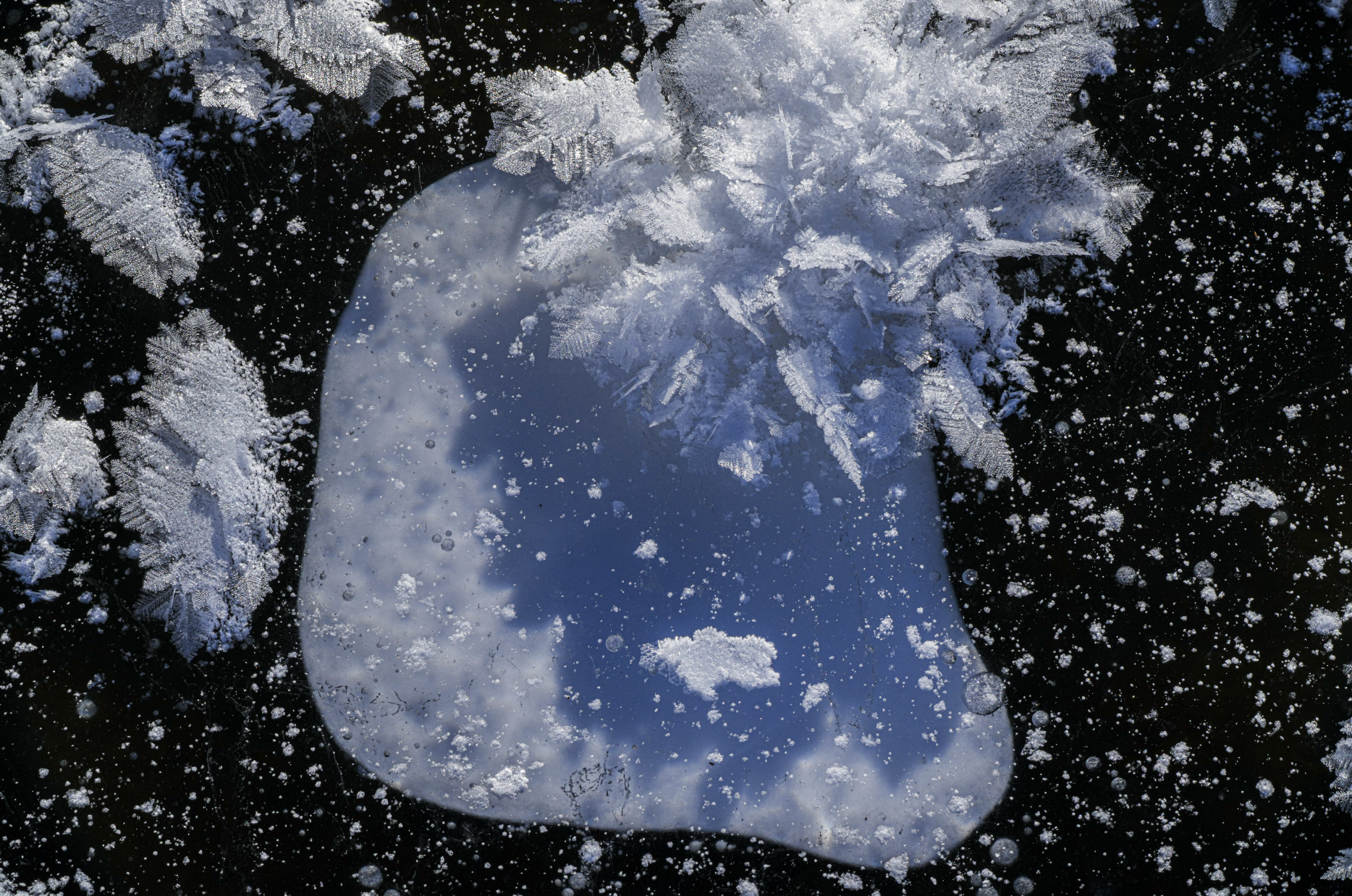
But first, what is hoarfrost? Hoarfrost is a deposit of ice crystals that form when water vapor in the air comes into contact with objects that are below freezing. Typically, as water vapor cools it condenses into water droplets that then freeze if temperatures continue to drop. What's unusual about hoarfrost is that water vapor skips the water phase and turns directly into ice.
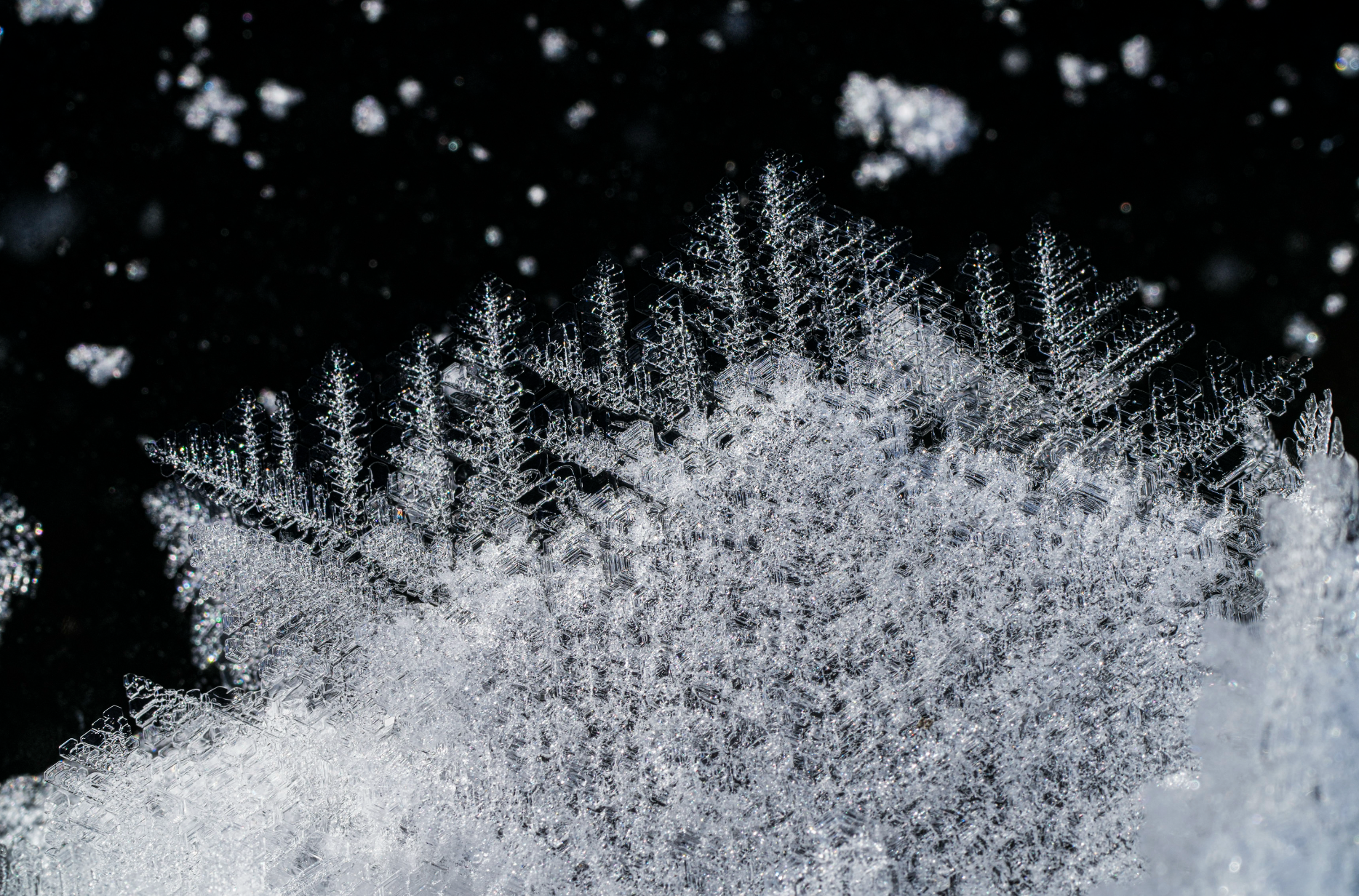
The ice on a lake is a constant 32℉, but the air temperatures this week dropped into the teens, single digits, and even lower, which meant that the ice was warmer than the air and began releasing water vapor. As soon as the water vapor encountered the air it froze into crystals on the first surface it touched, and began forming the most astonishing lacy sheets and flower-like structures.
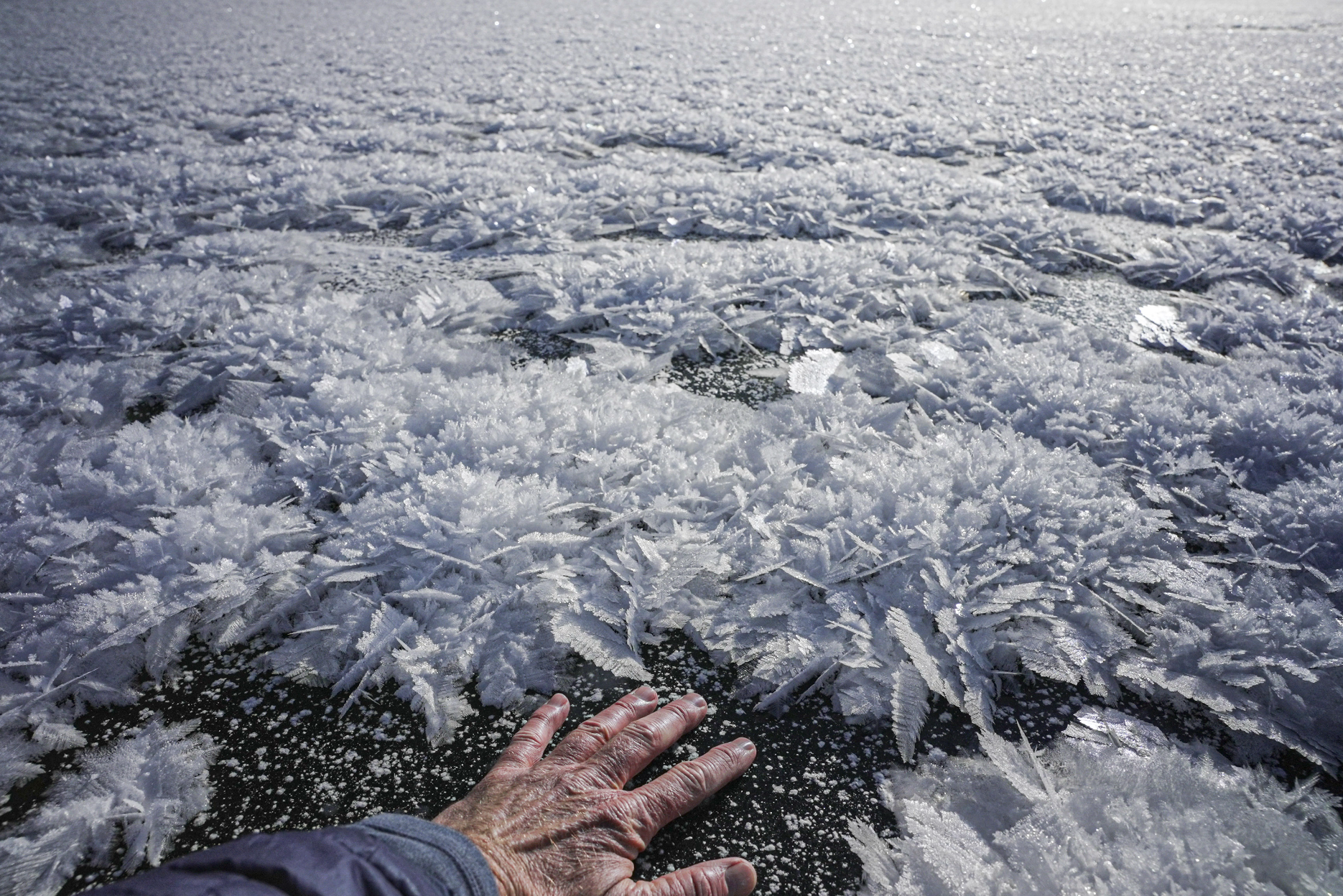
And because these conditions continued over so many days, the crystals continued to grow, with large rosettes of crystals soon covering the entire lake!
